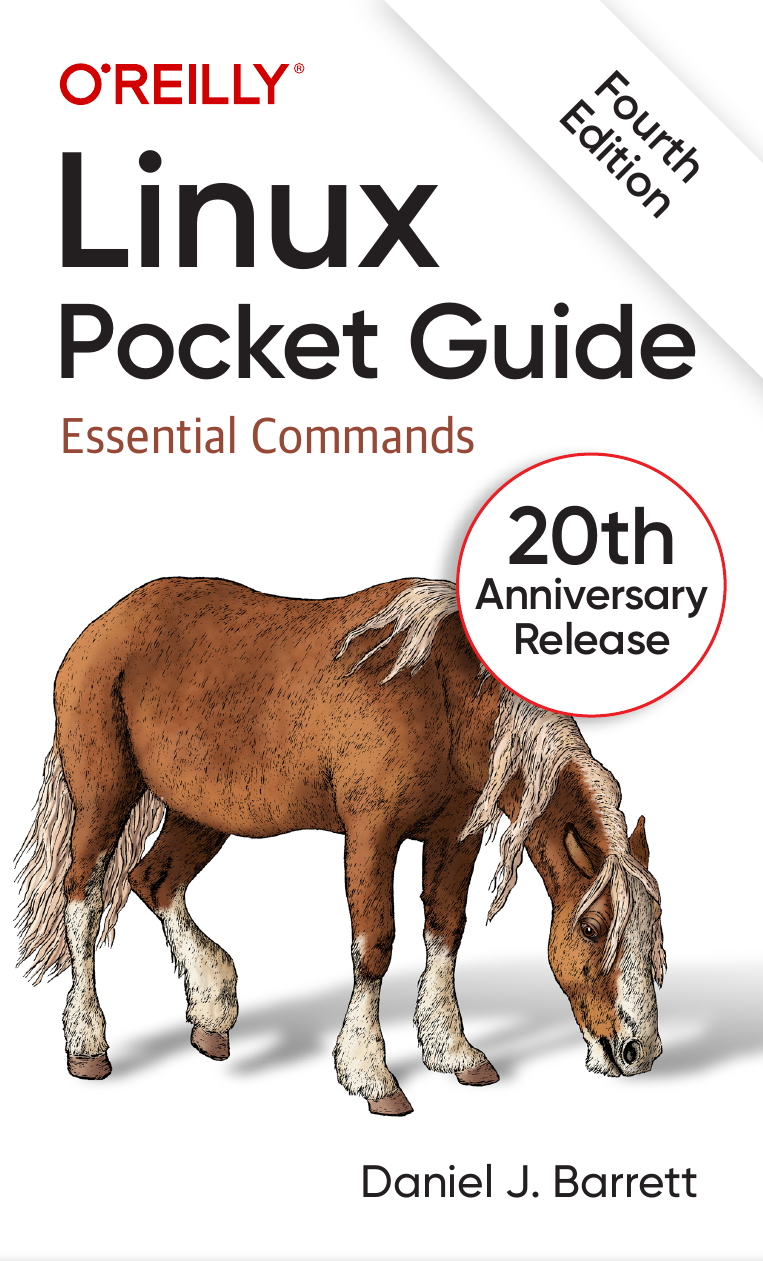By Daniel J. Barrett
If you use Linux in your day-to-day work, then Linux Pocket Guide is the perfect on-the-job reference. The fourth edition adds 50 new commands for package management, version control, RAID, file conversions, and more, including commands suggested by readers.
Linux Pocket Guide provides rapid access to the most useful Linux commands, grouped by functionality. For novices who need to get up to speed and experienced users who want a concise and functional reference, this guide delivers quick answers.
- Buy the book
- Read the book online
- Download the book's practice files:
Also check out Daniel's other Linux book, Efficient Linux at the Command Line, to boost your Linux skills even more.

